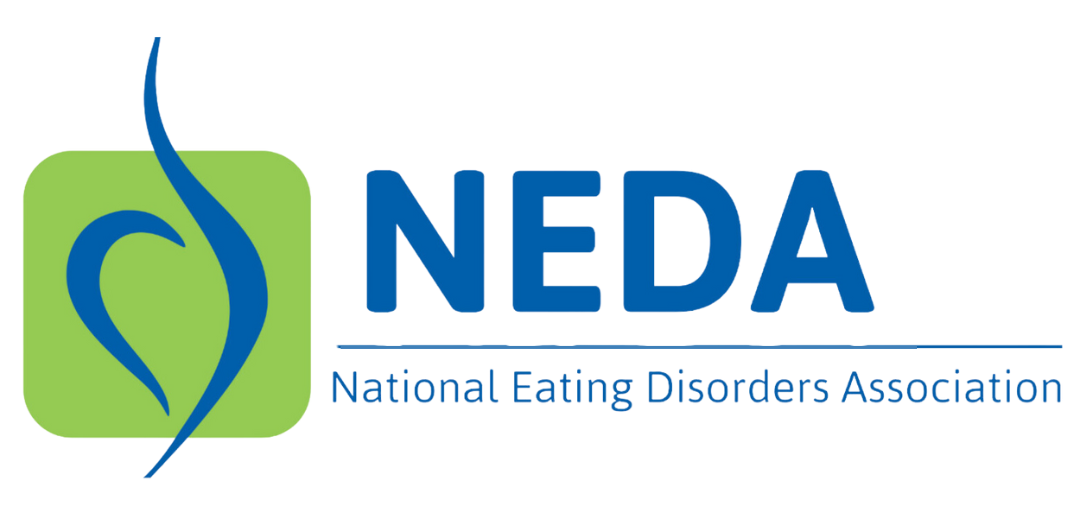NEDA Blog Directory
NEDA’s blog shares powerful stories from individuals impacted by eating disorders, along with expert insights from clinicians and researchers. Whether you’re looking to read personal recovery journeys, explore advocacy opportunities, or stay informed on the latest research and developments in the field, the NEDA blog offers a valuable hub of knowledge. Through lived experiences and professional perspectives, these blogs highlights the importance of community, education, and support in eating disorder awareness and recovery.


